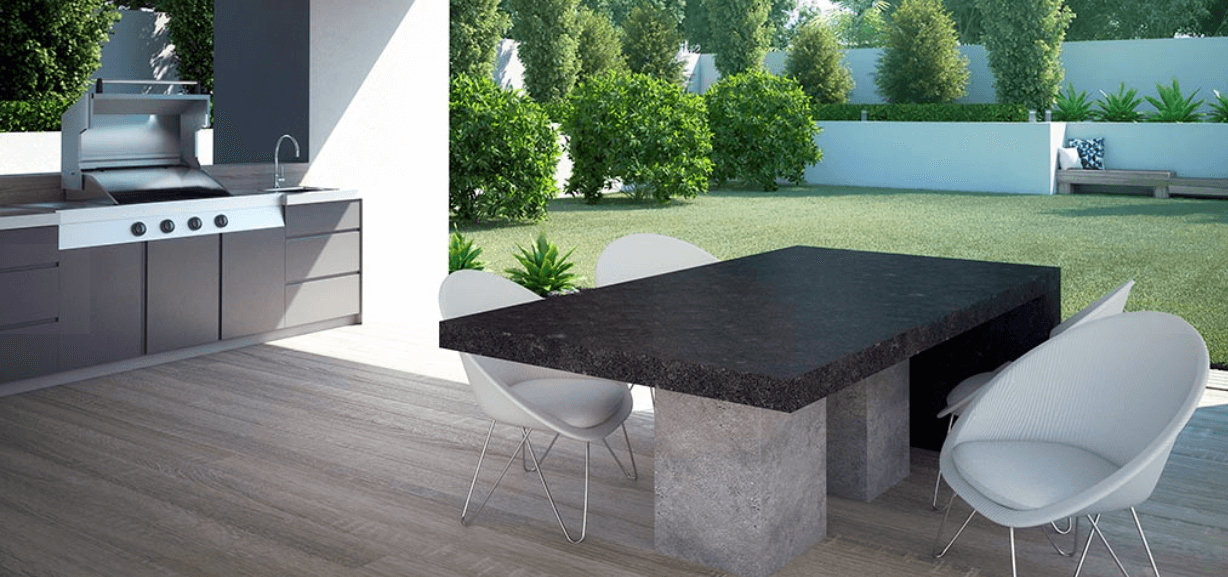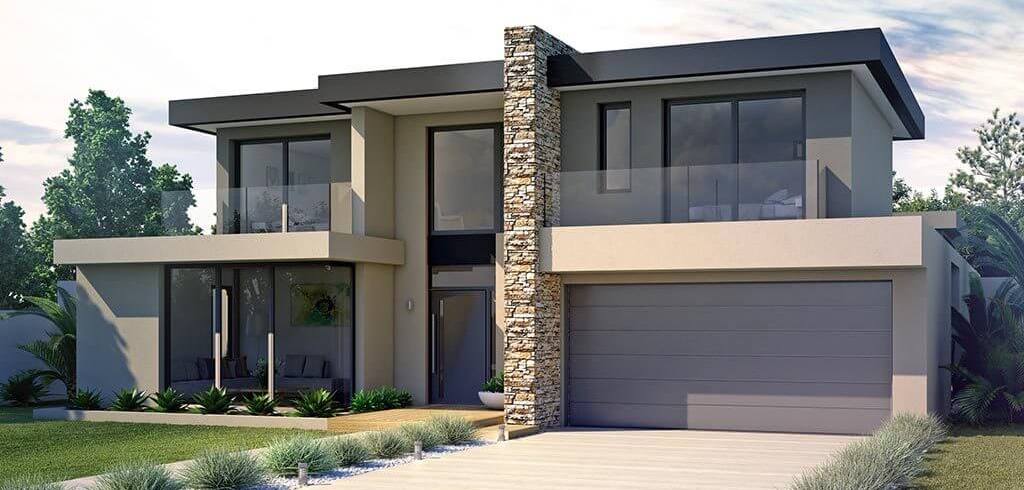Sustainable home design for luxury homes is about more than just living green or making use of eco-friendly materials. It focuses on reducing impacts on the environment and human health, providing better comfort and liveability and being adaptable to future needs.
When done well, sustainable home design can also provide a range of economic benefits. Here are three.

1. Energy savings through passive solar design
One of the main ways to reduce costs is through designing for the local climate and energy efficiency. This might include:
- North-facing orientation to take advantage of winter sun.
- Eco-friendly materials that improve thermal performance, for example Hebel panels and blocks.
- Energy-efficient or double-glazed windows to improve thermal comfort.
- Positioning of windows and skylights to allow in natural light, reducing the need for artificial lighting.
- Sufficient insulation to reduce the transfer of hot and cold air.
- Efficient shading. This can reduce solar entry by up to 90%. Examples include external blinds, eaves, pergolas and plants and internal window coverings.
- Ventilation – for example, cross ventilation to allow in cooling breezes and high windows to flush out hot air overnight.
According to the federal government’s Department of the Environment, these design features can potentially reduce energy bills by as much as 40%.

2. Adaptability through sustainable home design
Allowing for potential future needs at the design phase can reduce the costs involved in alterations later on. This is especially important for growing families or when considering future ageing and possible changes in physical abilities.
For example, it may be necessary in the future to:
- Divide a large room into two smaller ones to add an extra bedroom or an office.
- Remove walls to create bigger spaces.
- Widen doorways or passageways to allow for easier movement or wheelchair access.
- Improve natural light entry – for example to allow for reduced sight abilities.
An adaptable home is one that can accommodate the changes required without substantial and potentially costly modifications to the existing structure.
3. Potential for improved resale value
Luxury homes attract interest due to their comfort, liveability and desirable locations. However, adding sustainability to the mix can be a drawcard for many buyers and can potentially add value to the resale price. As well as passive solar design, this might include other features like smart technology, solar panels and energy storage batteries.
Sustainably-designed luxury homes are about considering future as well as present needs, and living more responsibly. And by incorporating some of these features, they can generate a range of economic benefits as well. Talk to our team to find out more.

